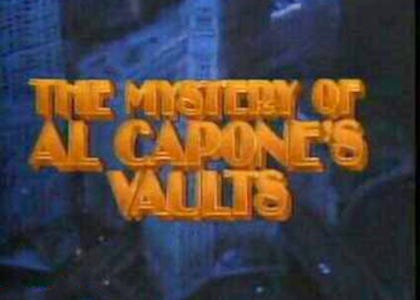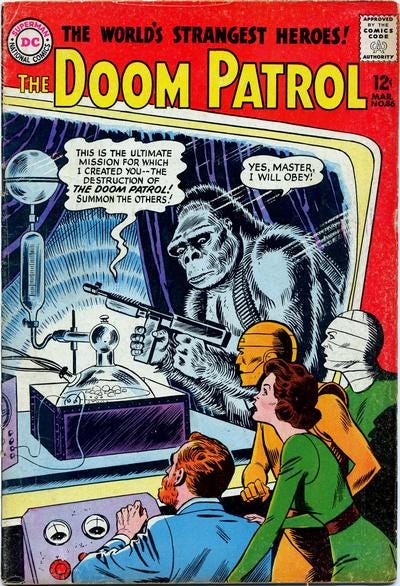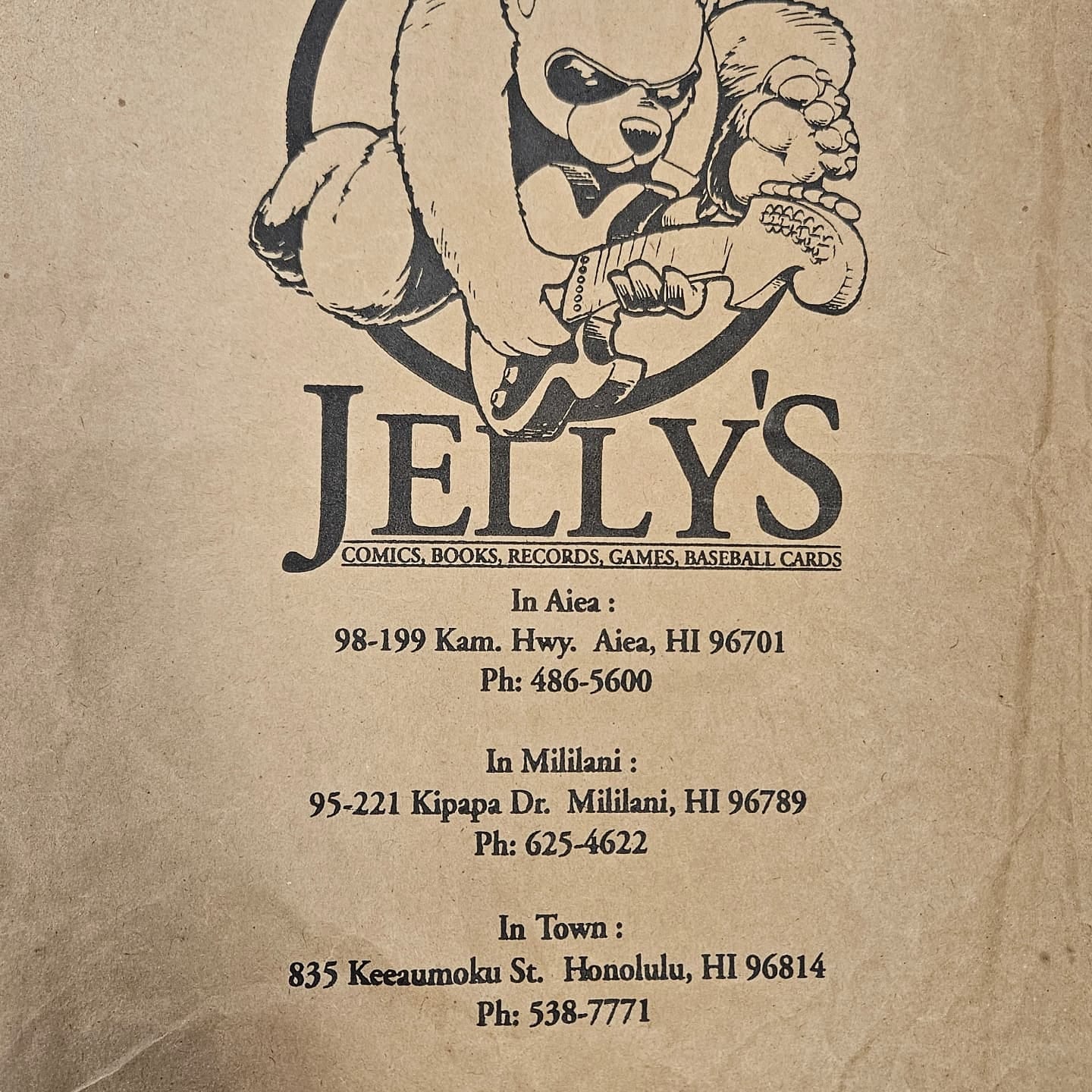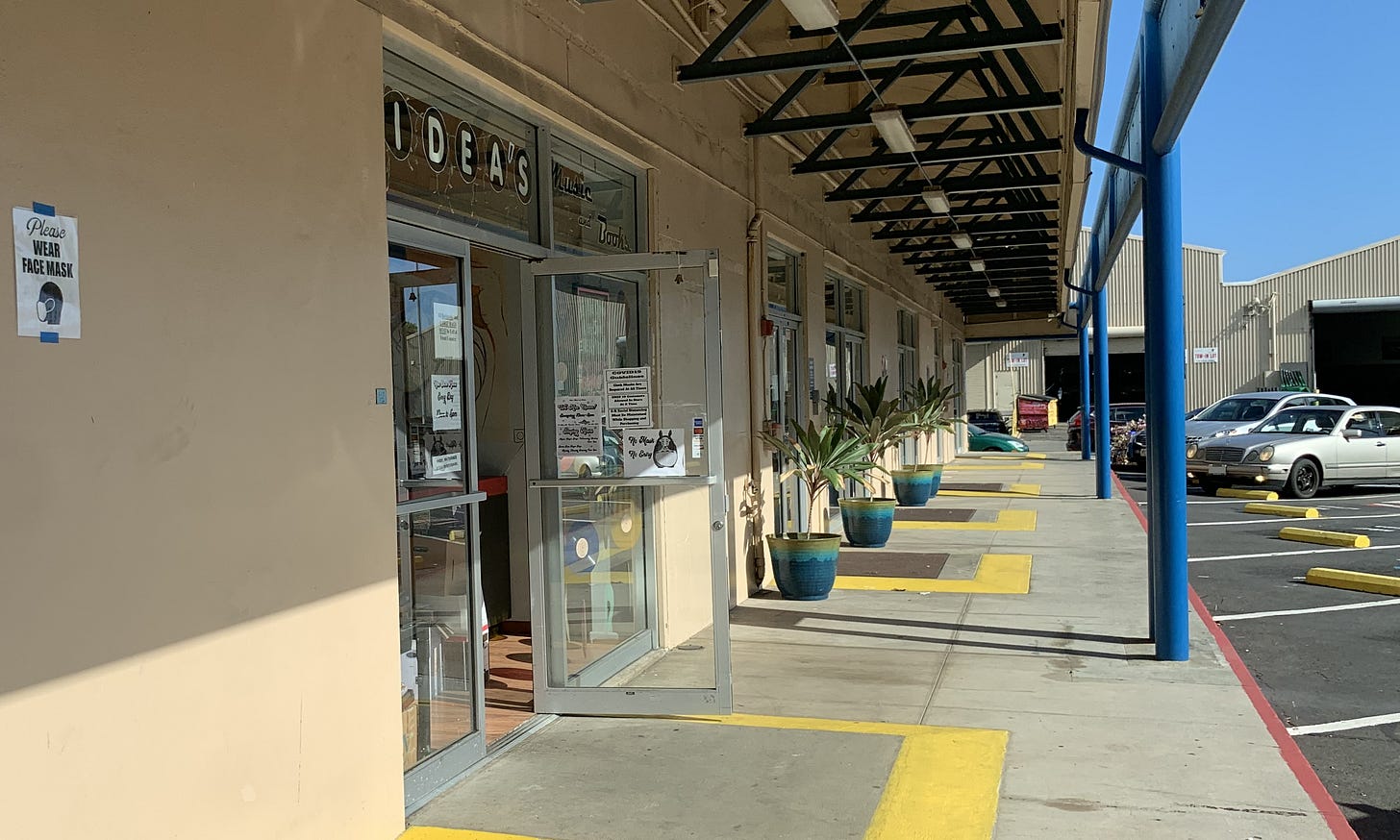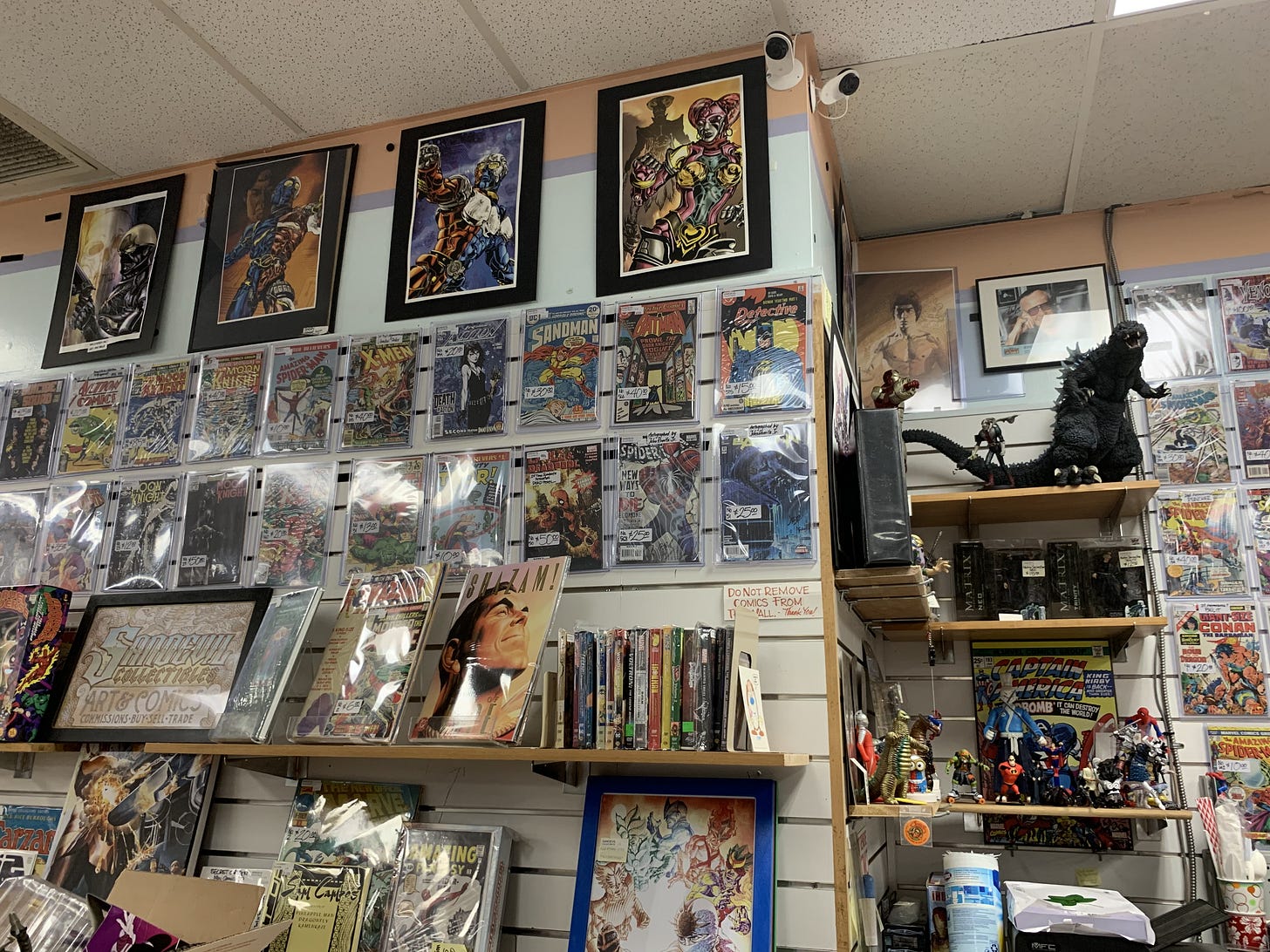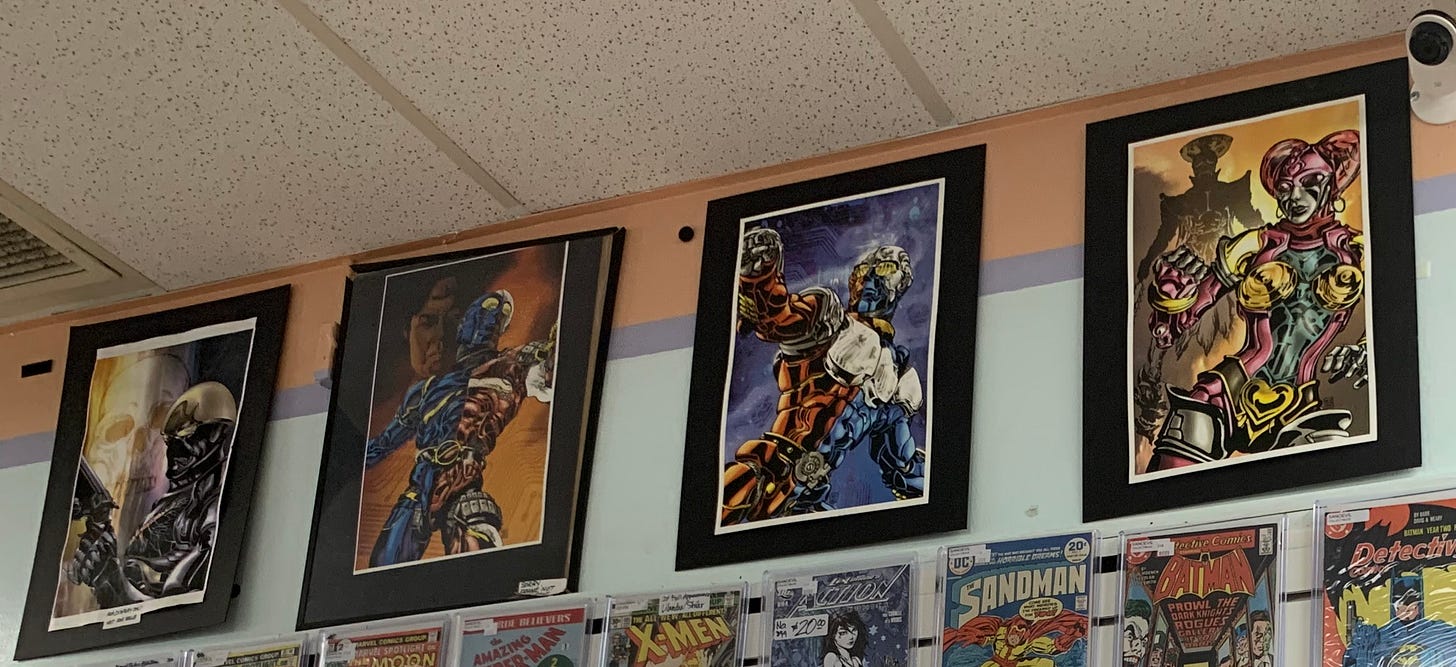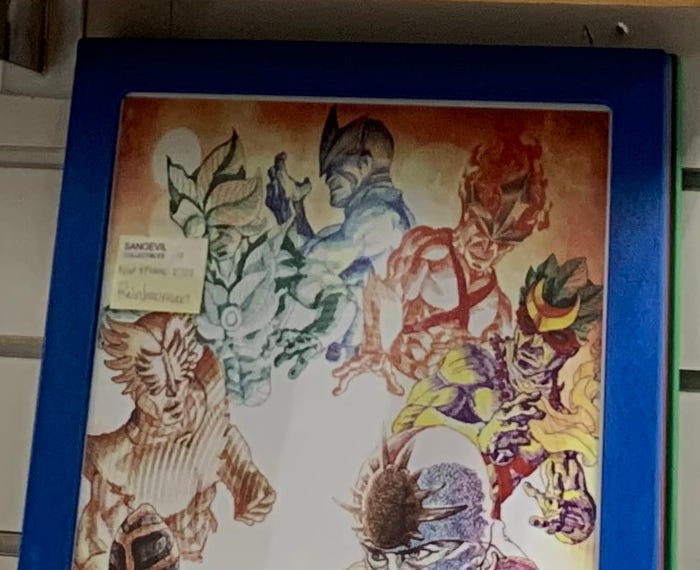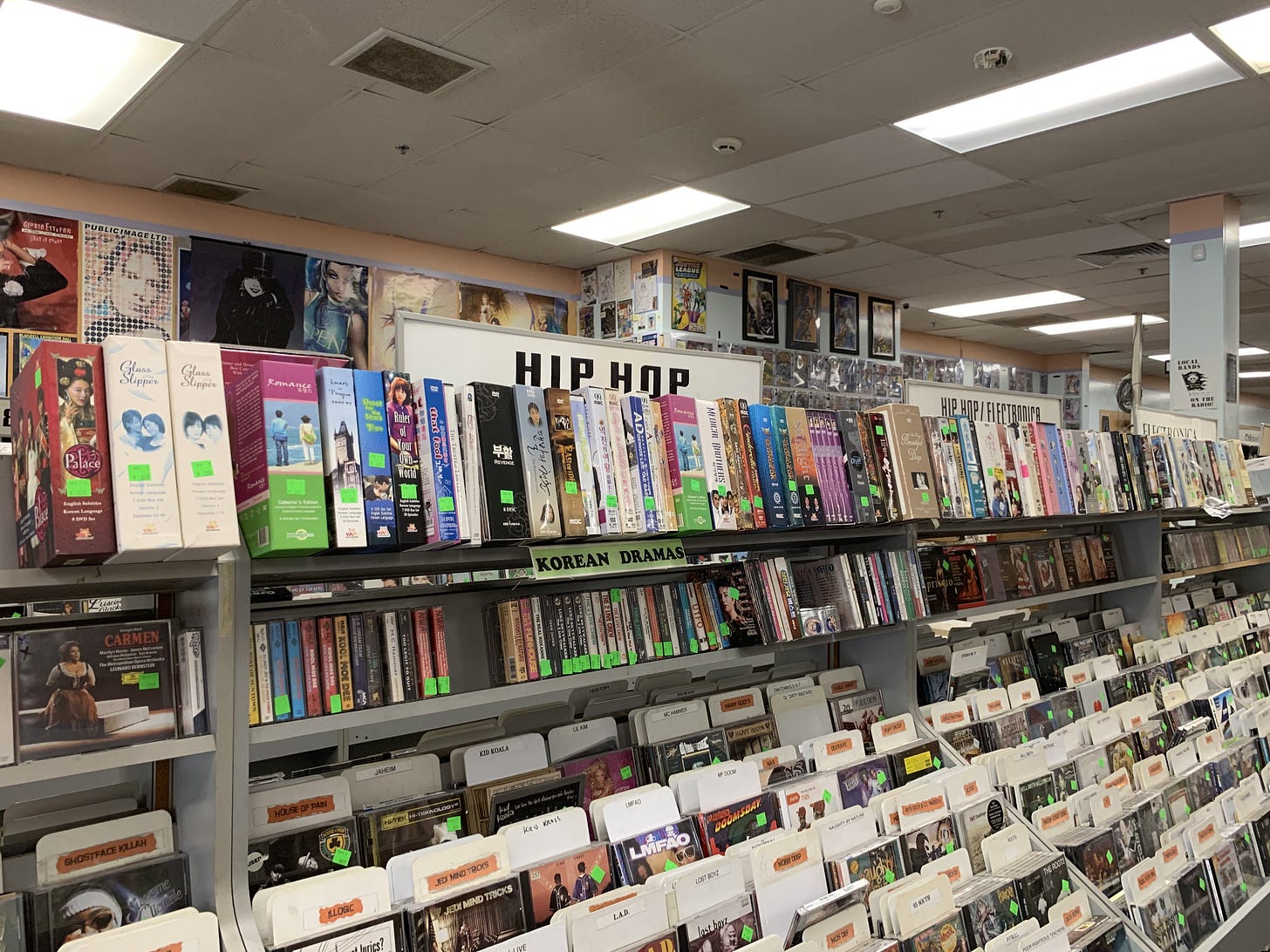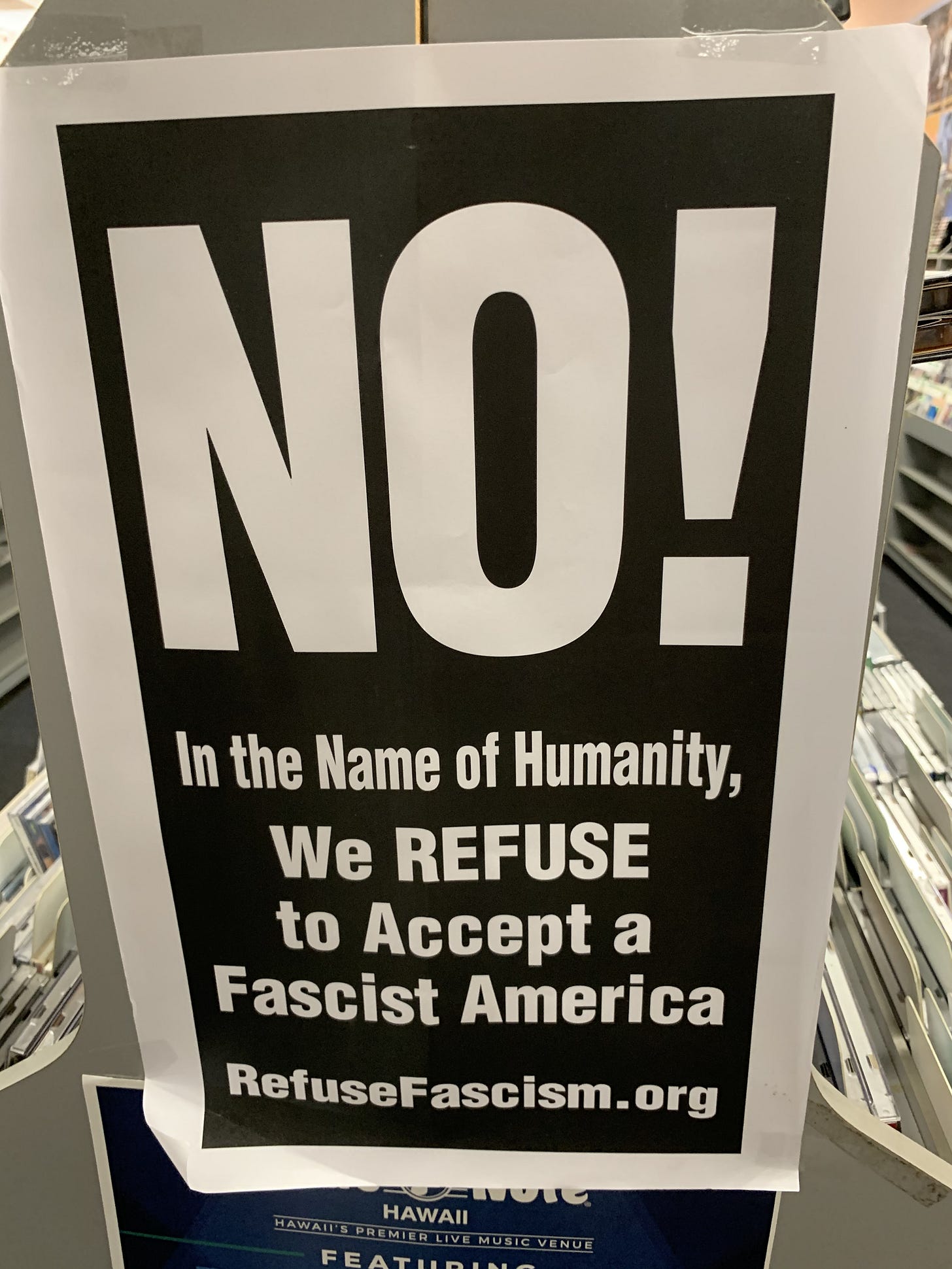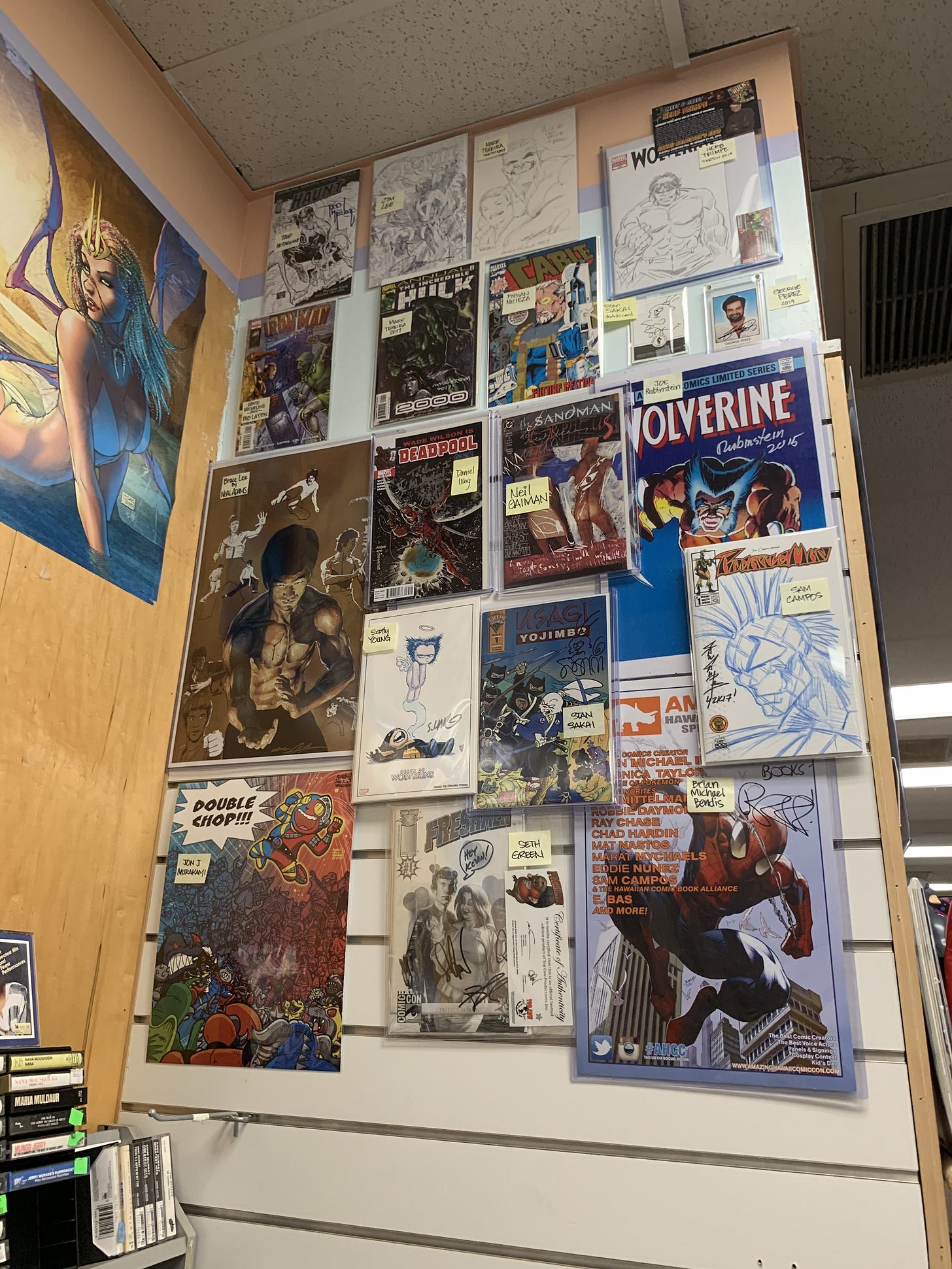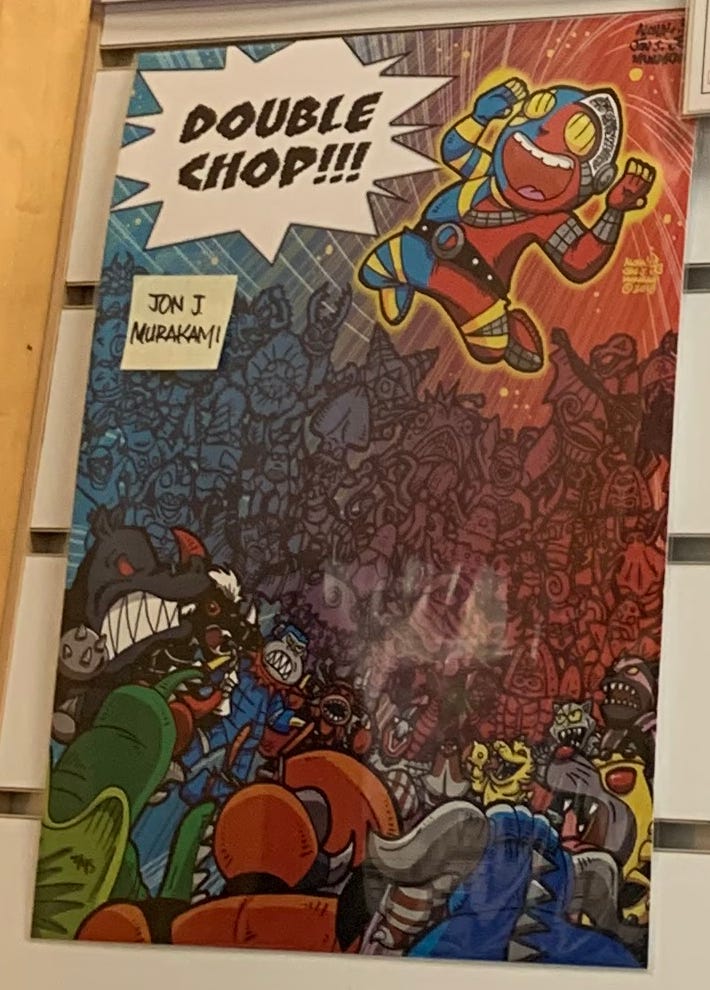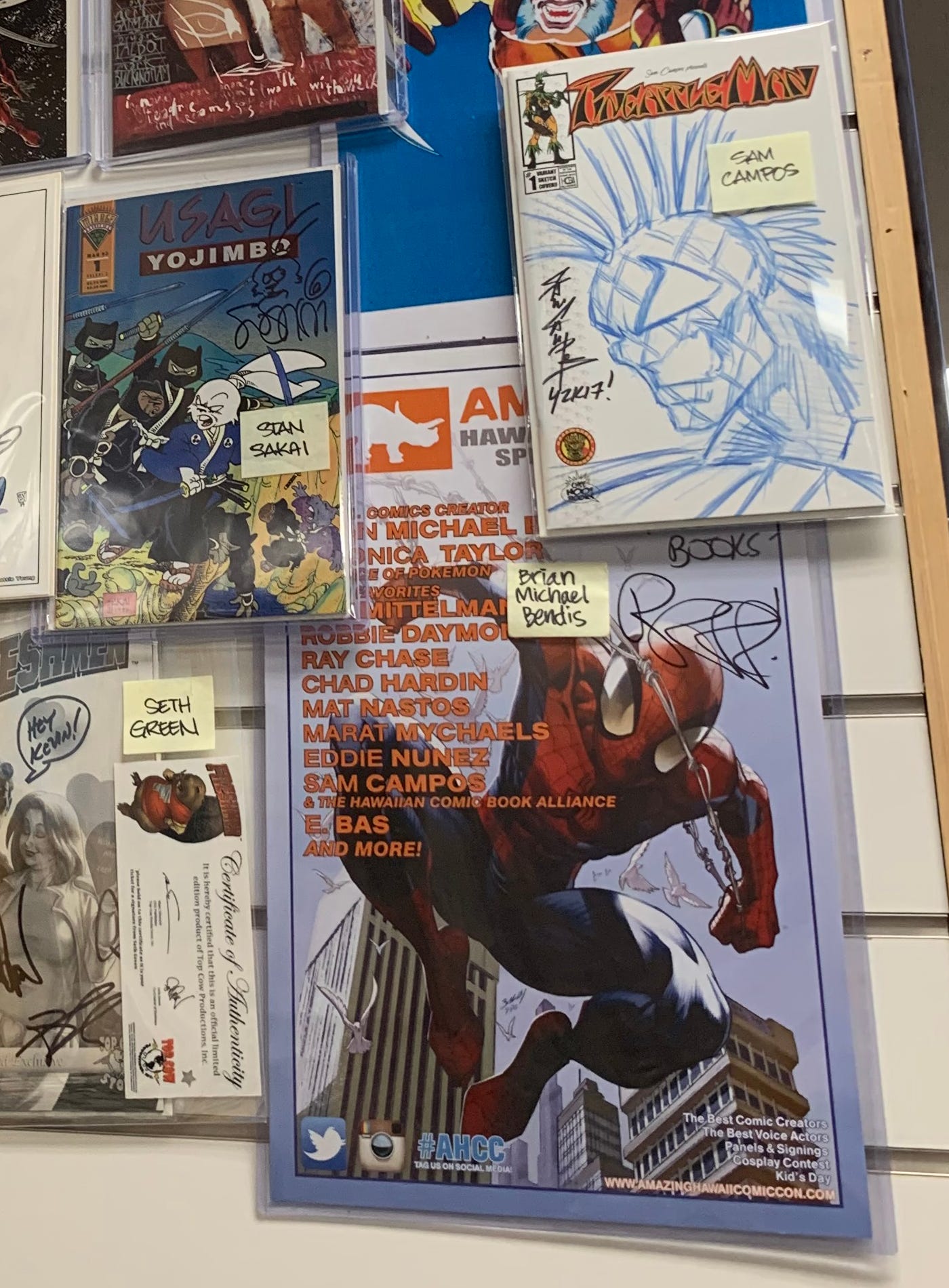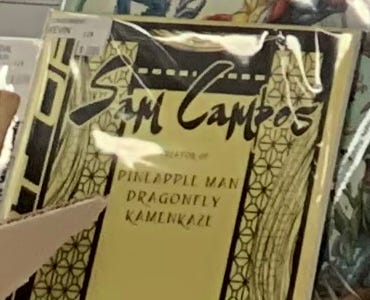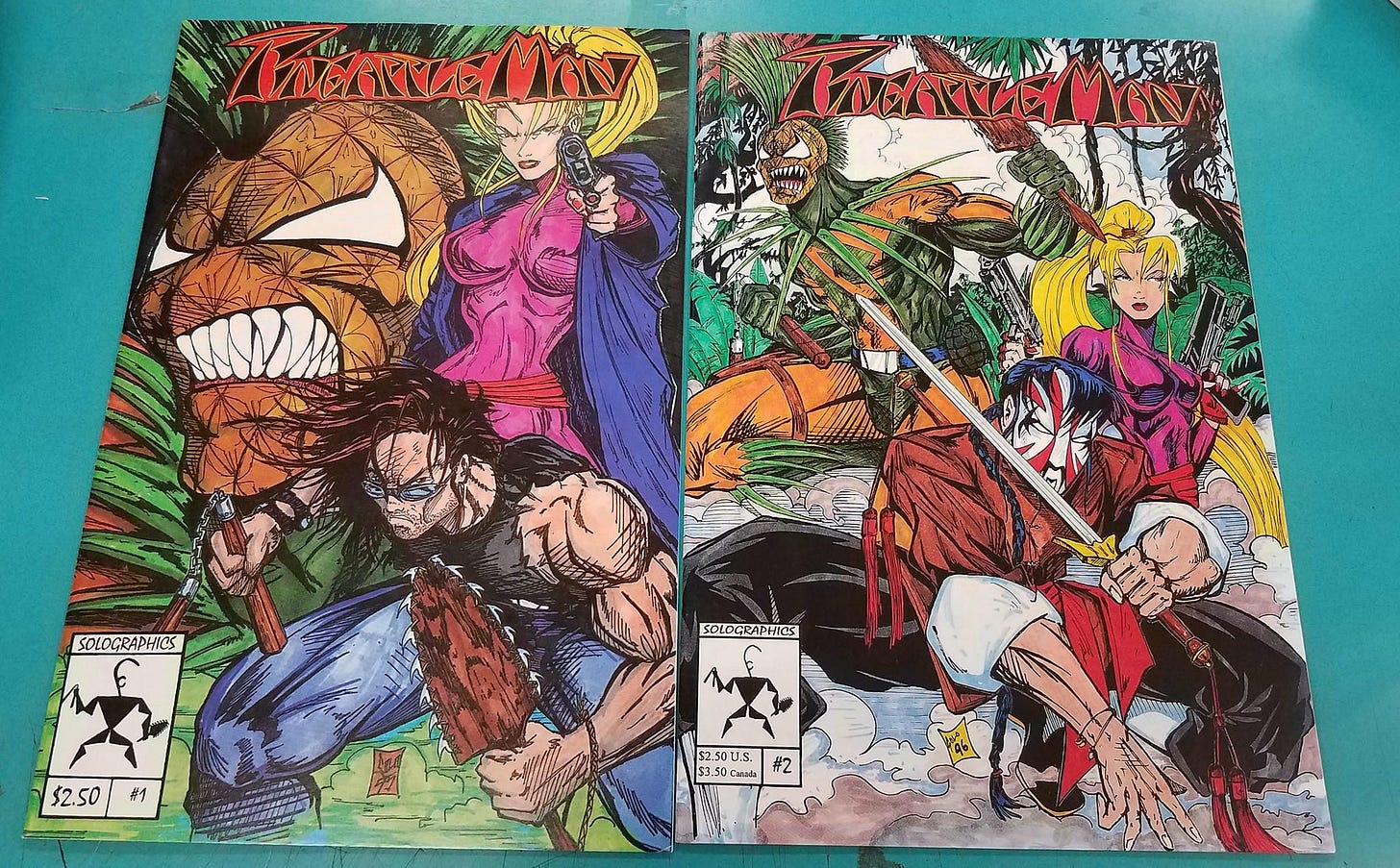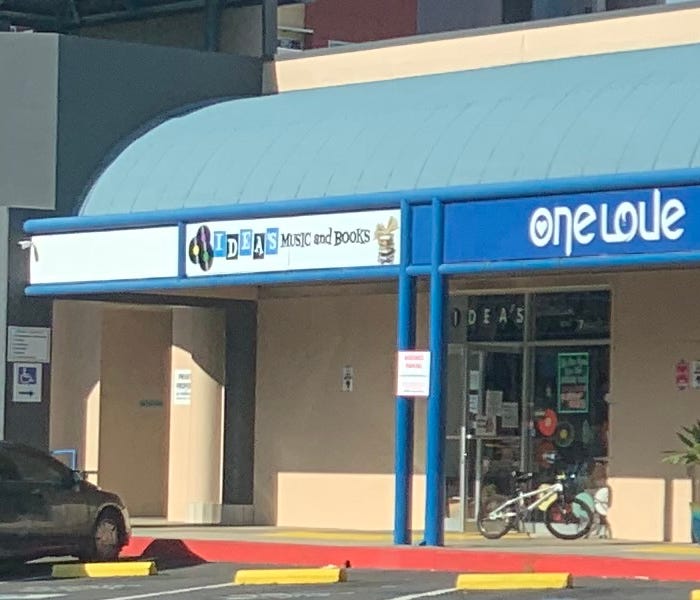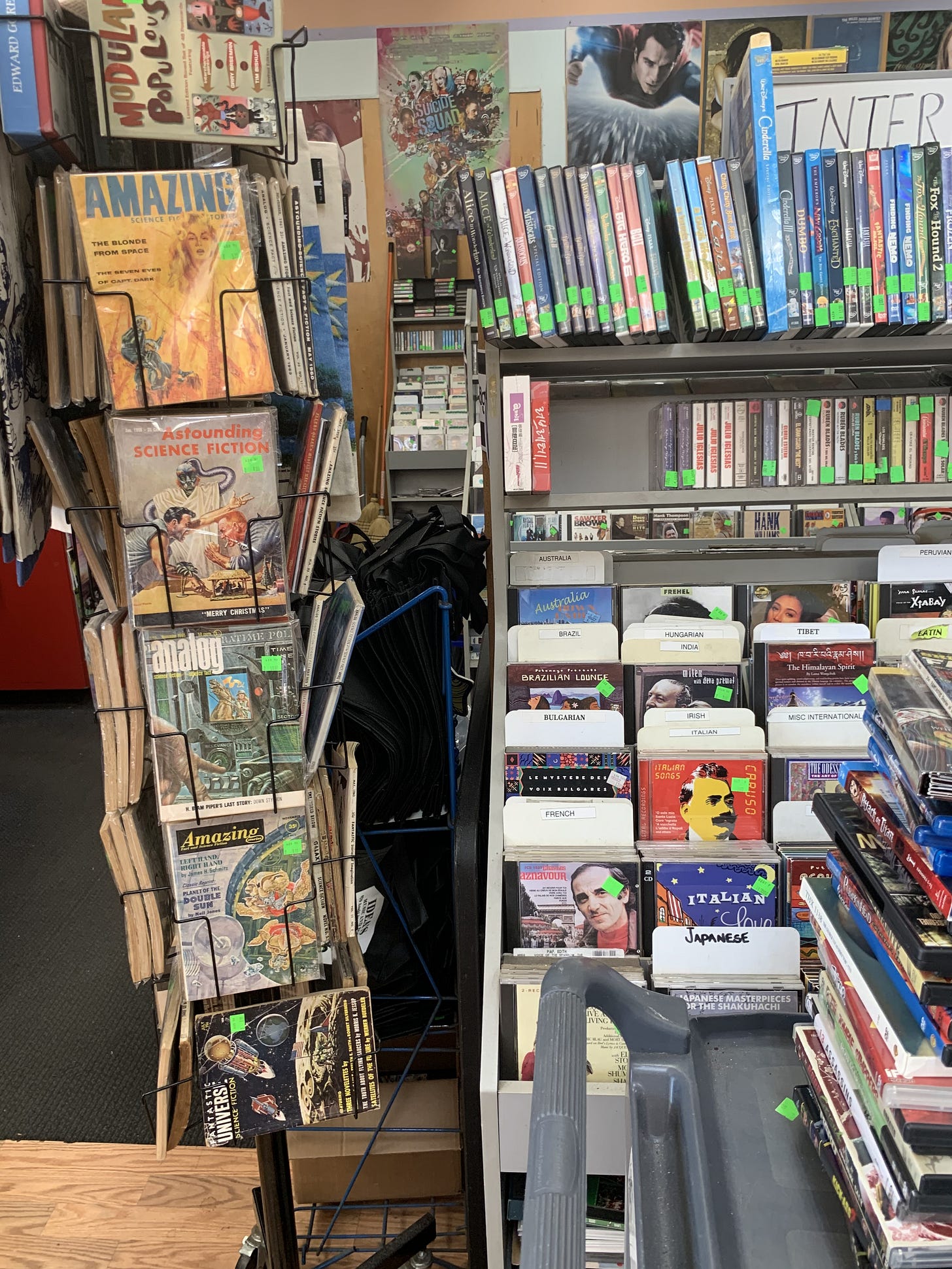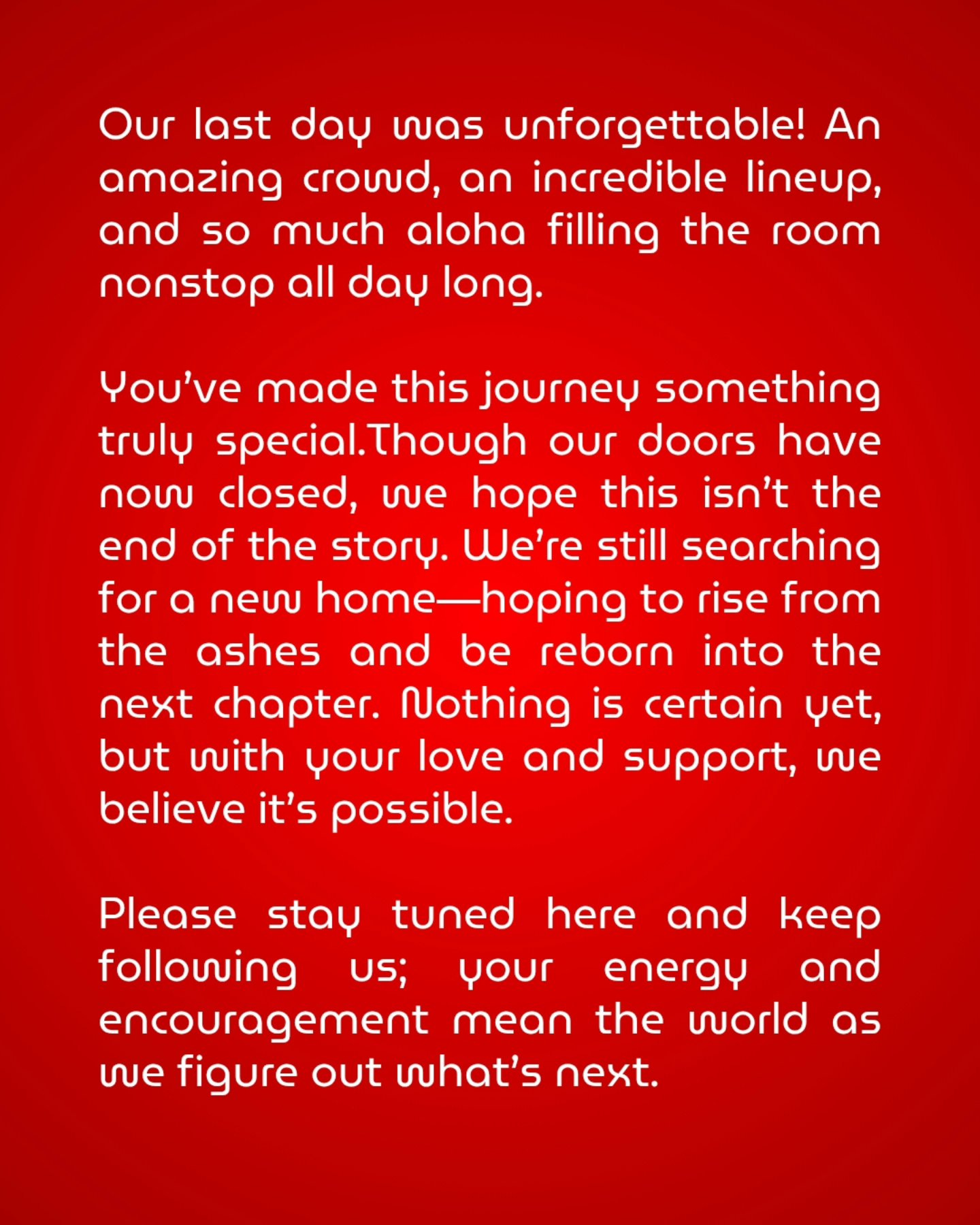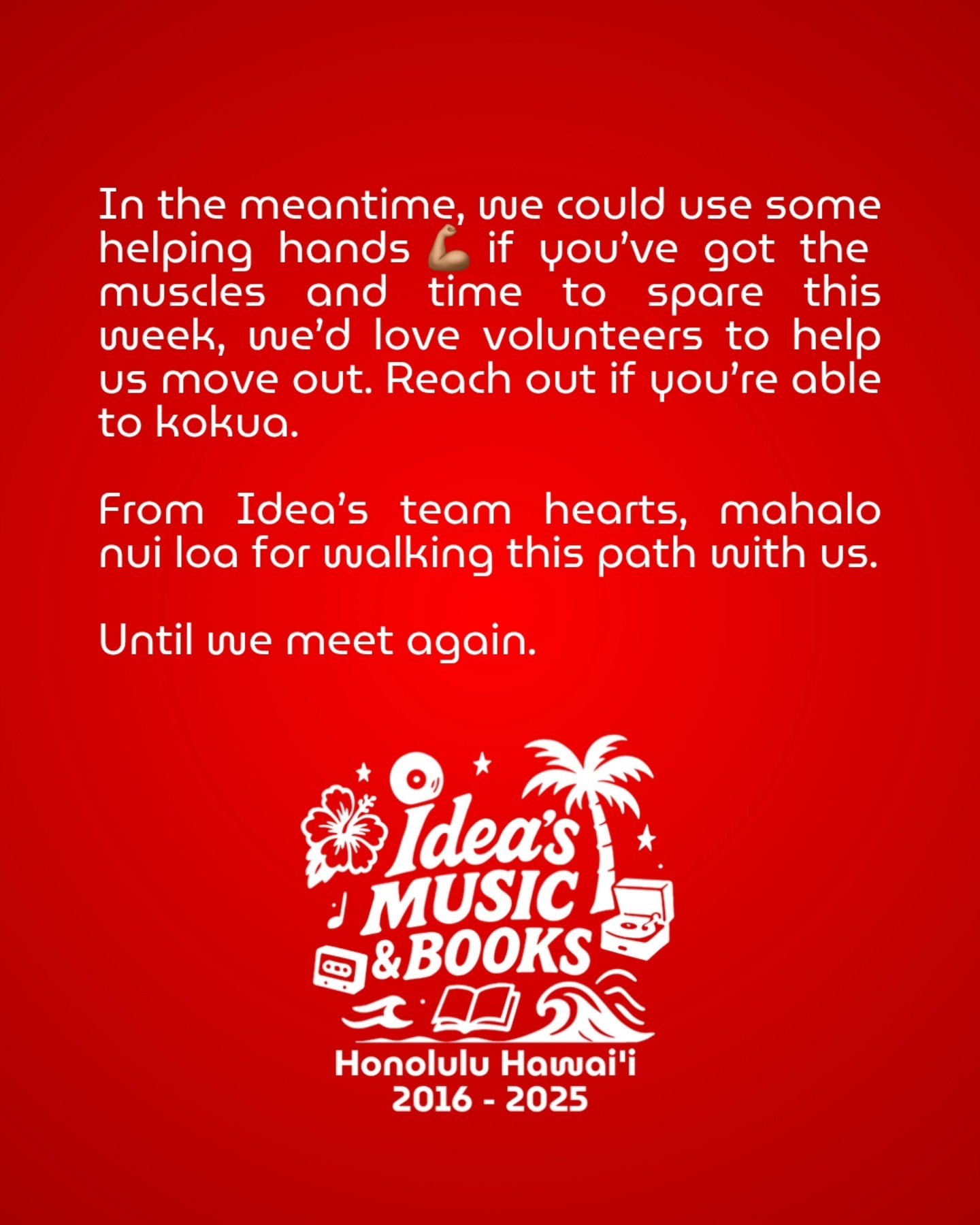I’ve been avoiding Hawaii News Now Nausea ever since their over-the-top coverage of the Dethwaves in July.
So I missed their story on the closing of Idea’s Music and Books.
Holoholo is a segment named after the Hawaiian word for ‘to go for a walk’.
A hui hou is Hawaiian for ‘until [we] meet again.’
But will we? Idea’s and I?
Idea’s might be the final incarnation of what started as Jelly’s in 1983. Norm Winter explains:
My wife opened a store behind a furniture place. You had to go through the furniture place to get to it, and she was mostly interested in the kids, and she was very much into comics. [...] Her niece would always tell [call?] her, ‘Jelly Belly’, and so we shortened it to Jelly’s.
Local entertainment journalist John Berger continues the story:
[W]orking together they [Winter and his wife] built Jelly’s into a sprawling emporium of used books, records, tapes, CDs and related items (“She knew the business, I knew the music,” he [Winter] said).
And Winter knows music.
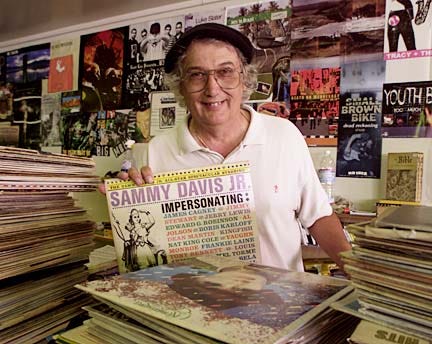
Norm Winter was 15 and living in Los Angeles when he started buying and selling used records. It was the start of a career that has included retail record sales, wholesaling and broadcasting.
I confess that I never bought any music from Jelly’s/Idea’s.
But I did buy comics. Thousands of dollars’ worth.
Jelly’s wasn’t my first comic book store. That honor goes to Strawberry Fields Forever, now long gone. I suspect a lack of parking doomed it.
Jelly’s came second. It had parking - and much, much more. I can’t remember how I found it. I might have stumbled on it because its second location on Piikoi was next to Job Lot where I used to hunt for cheap robot toys.
I did go to other stores later - Interlude Books, Froggie’s (only once?), The Legionnaire, and a place in Kaimuki that was supposed to publish my first comic as part of an anthology that never happened. (Still stinging because I never got my original art back. And I failed to make photocopies! Not that anything of value was lost.) All have long since vanished. None could match Jelly’s selection of comics past and present.
Jelly’s used to have lots of sixties comics for a dollar. I kind of regret passing on Doom Patrol #86 (1964) for a dollar in 1988.
Despite the issue number, that was the first comic titled Doom Patrol. The titular team had become the lead feature in the DC Comics anthology My Greatest Adventure #80 (1963) and took over the book six issues later. They were freaks led by a genius in a wheelchair - the X-Men before the X-Men, another favorite of mine.
Oddly, I didn’t buy many X-books at Jelly’s; my X-phases didn’t overlap with my Jelly’s years: i.e., the years when I was in Hawaii.
After I moved back to Hawaii for good, I found that Jelly’s had not only moved but changed its name to Idea’s. In 2000, I walked for miles to see what it had become.
Note the “Please Wear Face Mask” sign. Yes, I wore one to go inside. Hawaii loved da mesk. I hated it. But I didn’t want to have walked all this way in vain. Or get into arguments with staff and get kicked out. Maybe by Norm himself. He might have still worn a mask as late as 2022, judging from this ad.
I pick my battles. Being muzzled for a few minutes isn’t the same as being injected with who knows what. I can take a mask off. I can’t uninject a poison. I never got the shot … while everyone around me who did still got sick. I didn’t.
I didn’t notice the security cameras on the ceiling until just now.
They were filming me and my camera. I doubt Jelly’s had security cameras in its heyday in the eighties.
That wall exemplies Hawaii’s mix of East and West.
Atop the American comics in the center are four pieces of fan art of characters from the Japanese superhero TV series Android Kikaider (1972-1973) and Kikaider 01 (1973-1974).
The original Kikaider was a megahit here. It changed my life - a tale for another Stack.
At bottom center is something I missed until now: fan art of the seven incarnations of the hero of Rainbowman (1972-1973), the very first Japanese superhero series that aired here in 1974.
Each is associated with the elements and heavenly bodies in the Japanese names of the days of the week:
the Moon (Monday)
fire (Tuesday)
water (Wednesday)
wood (Thursday)
metal (Friday)
earth (Saturday)
the Sun (Sunday), Rainbowman’s primary incarnation
The solar hero Rainbowman got eclipsed by Kikaider, but obviously I wasn’t the only one in Hawaii who still remembered him after forty-six years.
Yes, Godzilla and Bruce Lee are also in the photo, but they’re not unique to Hawaii; they’re global.
I’m not just using “East” as a synonym for Japan or even Japan plus China. Idea’s had a section for Korean dramas, which have been popular here long before they caught on in the rest of the USSA.
K-dramas have been on TV in Hawaii since 1986. Pravda even used to have a column in English for K-dramas.
Guess who was president when I visited Idea’s.
I wonder if that sign got taken down … or put back up after the Great Orange God took back the throne.
This wall has signed comics items.
My favorite is the cartoon of Kikaider and his enemies by local cartoonist Jon J. Murakami.
Another local cartoonist, Sam Campos, briefly hit it big in 1997 with his Pineapple Man (right), which at its peak
locally outsold DC’s Batman and Marvel’s The X-Men, two of the most popular and enduring titles in comic history.
The Amazing Hawaii Comic Con magazine under Pineapple Man celebrates Campos.
Stan Sakai, born in Japan to a father from Hawaii and raised in Hawaii, enjoyed much longer success with his Usagi Yojimbo (Rabbit Bodyguard; left) which has been around since 1984.
Oops, I missed yet another Campos publication - his art book!
Can you spot it to the left of the Rainbowman art piece?
Idea’s Facebook page posted a photo of Campos’ first two comics.
Murakami, Campos, and Sakai all succeeded in doing what I could only dream about. My hat’s off to them. Not that I wear a hat …
I spotted a comic by someone I once knew. (Who wasn’t any of the three I just mentioned. There are lots of comics creators in Hawaii.) I didn’t have any money, so Idea’s was willing to reserve it for me until I could return to pay for it. Which I did.
I regret not taking a better photo of the sign over the entrance.
I missed the science fiction pulp section during my first visit.
There will never be another visit - at least not to that location.

They might be back somewhere else.
They’re looking for volunteers to help them move out.
Unfortunately, I’m too far away to help. Too tired. Too behind in my Vedic and Koranic reading. In so many things. Haven’t touched Burmese in almost a week. Gonna get offline to pick up where I left off. I rapidly forget what I don’t use.
But I’ll never forget Jelly’s/Idea’s.
I leave you with the words of Alan Moore from his final issue of Supreme: The Return (2000):
What’s important is the idea of a thing. See, all we are is ideas. […] The ideas we have, the ideas other people have about us, the ideas we have about ourselves … what else is a personality? And the thing about ideas over bodies is, ideas don’t die, and all we are is ideas!


